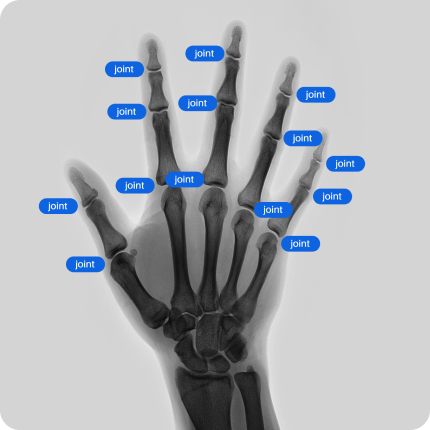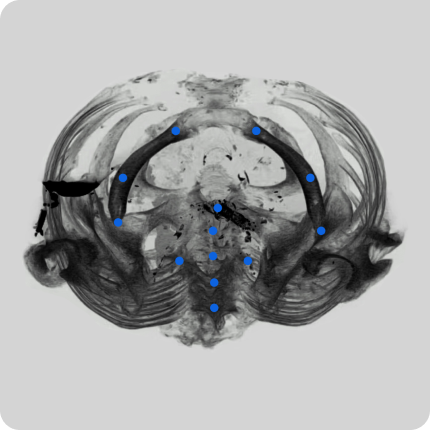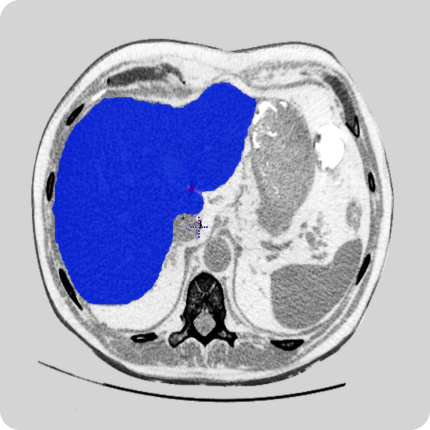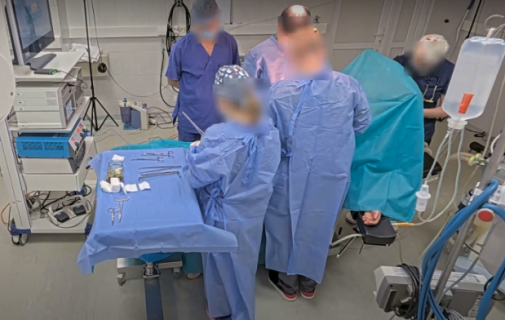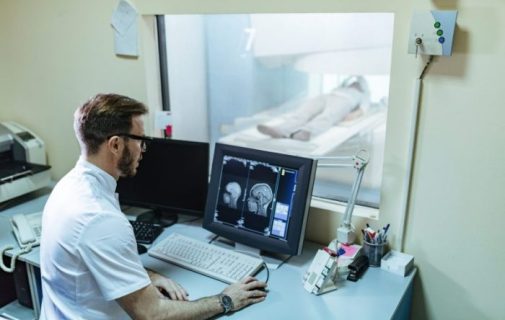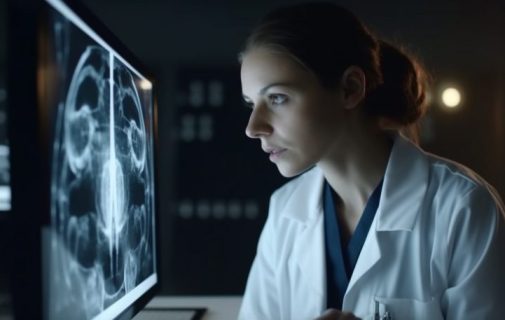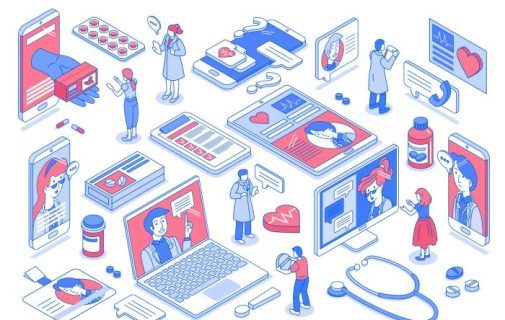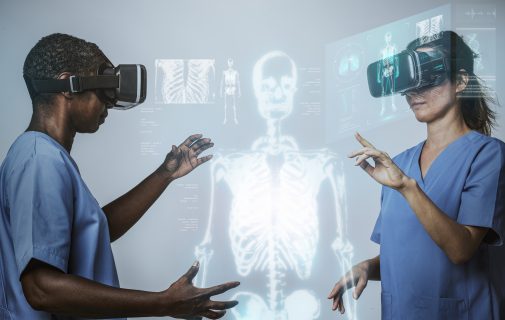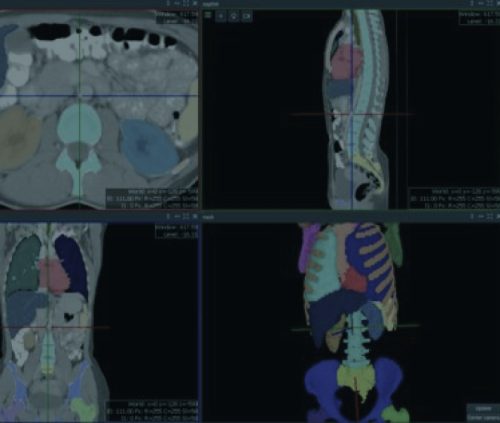
Artificial intelligence (AI) can be an important part of helping doctors and nurses perform their jobs more precisely. It is seeing a lot of potential applications in the healthcare industry, especially in emergency radiology. Let’s take a look at some examples where AI can become a vital assistant to radiologists.
Emergency Radiology and AI-based image reconstruction
AI-based image reconstruction is a technique that uses artificial intelligence (AI) algorithms to reconstruct or enhance digital images. It involves using deep learning models to analyze and understand the input image, and then generate a new image that is more informative.
One of the most common applications of AI-based image reconstruction is in medical imaging, where it is used to enhance the quality of images produced by MRI or CT scanners. By using deep learning algorithms, AI-based image reconstruction can improve image resolution, reduce noise, and enhance contrast, making it easier for doctors to identify and diagnose medical conditions like pneumonia, intracranial hemorrhage, or bone fractures.
Emergency Radiology and automated selection of a high priority patients
AI can also be used to monitor patients in real time and identify those who require urgent attention based on changes in their vital signs or other indicators. For example, a machine learning algorithm can be used to analyze continuous glucose monitoring data and identify patients who are at risk of developing hypoglycemia.
Another approach is to use risk stratification models to categorize patients into different risk categories based on their likelihood of requiring urgent care. This can be done using data such as demographic information, medical history, and lab results, for example, analyzing their CTs, MRIs or X-Rays and identifying the patients with diseases of the high-risk category that can then be prioritized for further evaluation or treatment.
Emergency Radiology and AI-based intelligent reporting
AI-based intelligent reporting in radiology is a process where artificial intelligence is used to help radiologists interpret medical images and provide more accurate and efficient reports. It typically works in the following way:
Data input: The first step is to input the medical images into the AI system. This can be done by uploading the images into a computer or using an imaging device that is already connected to the AI system.
Image analysis: The AI system analyzes the images using computer vision algorithms and machine learning models. It can identify specific structures and patterns in the images that may be difficult for a human radiologist to detect.
Report generation: After analyzing the images, the AI system generates a report that summarizes its findings. This report can include information such as the type of abnormality detected, the size and location of the abnormality, and any additional information that may be relevant.
Review by radiologist: Once the AI system generates the report, it is reviewed by a radiologist to ensure its accuracy and completeness. The radiologist can also use the AI-generated report as a starting point for their own interpretation of the images.
Final report: Based on the radiologist’s review, a final report is generated that includes both the AI-generated findings and the radiologist’s interpretation.
Final thoughts
Using AI in Emergency Radiology has the potential to improve the accuracy and efficiency of radiology reports, which can lead to better patient outcomes and faster diagnosis and treatment. However, it’s important to note that AI is not meant to replace human radiologists, but rather to augment their abilities and provide additional support in the diagnosis process.

